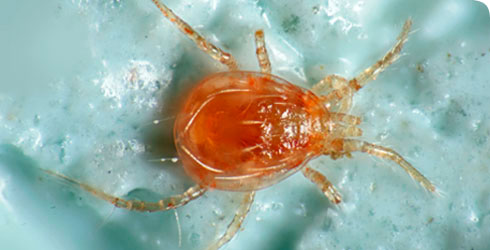Phytoseiulus persimilis
Phytoseiulus persimilis is a fast-moving and voracious predatory mite that feeds almost exclusively on spider mites.
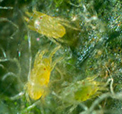
Tetranychus urticae, the two-spotted spider mite © Harry Taylor, NHM
For several decades it has been reared commercially and used to control spider mites that damage crops, particularly Tetranychus urticae (the two-spotted spider mite).
Crops treated include
- plants grown under glass (such as cucumbers, peppers, strawberries, roses, chrysanthemums and orchids)
- outside ones (for example, strawberries, hops and citrus).
Phytoseiulus persimilis feeds until all the spider mites have been eradicated from a crop. Populations cannot become established after this because there evidently is no alternative food that will sustain them until their favoured spider mites reappear. Phytoseiulus persimilis has to be periodically reintroduced.
Species detail
The body is about 0.5 mm long and turns from translucent white to brown-orange as the mite ages. The front and back pair of legs are slender and longer than the body, the middle two slightly shorter.
Females becomes more widely rounded posteriorly as feeding and egg development progress
Distribution
The natural geographical range of Phytosieulus persimilis is the Mediterranean region, but its success at controlling spider mites has resulted in it being imported into many countries around the world
-
Taxonomy
Find out more about the body structure and taxonomy of Phytoseiulus persimilis
-
Distribution
Discover where Phytoseiulus persimilis is found throughout the world.
-
Biology
The life expectancy of Phytoseiulus persimilis differs according to a number of factors, including host plant identity, temperature and prey availability. Find out more about the life expectancy of this mite as well as size and weight information.
-
Biocontrol
Find out more about the use of Phytoseiulus persimilis as a highly successful biocontrol agent of plant-parasitic spider mites.
-
References
Images

Phytoseiulus persimilis

Phytoseiulus persimilis, female © Peter York
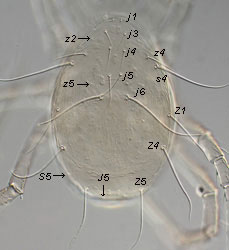
Phytoseiulus persimilis female, dorsal shield setae © Peter York

Phytoseiulus persimilis, ventrianal shield of female © Peter York
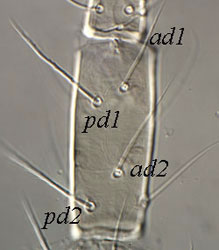
Phytoseiulus persimilis female, dorsal setae of tibia of leg I © Peter York
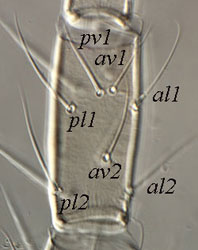
Phytoseiulus persimilis female, lateral and ventral setae of tibia of leg I

Phytoseiulus persimilis female, anterior part of peritrematal shield © Peter York
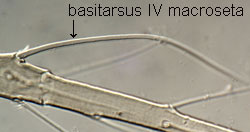
Phytoseiulus persimilis female, macroseta on basitarsus of leg IV © Peter York
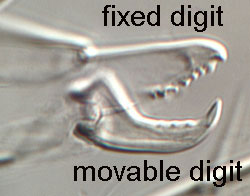
Phytoseiulus persimilis, female chelicera © Peter York
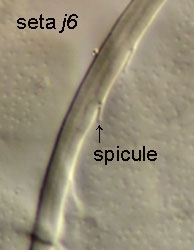
Phytoseiulus persimilis female, spicules on dorsal seta j6 © Peter York

Phytoseiulus persimilis female, macroseta on genu of leg IV © Peter York
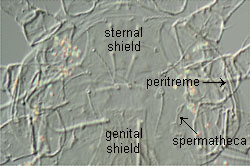
Phytoseiulus persimilis female, showing positions of the peritremes, sternal and genital shields and spermatheca © Peter York
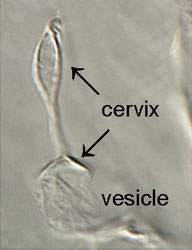
Phytoseiulus persimilis, spermatheca of female © Peter York

Phytoseiulus persimilis, sternal shield and setae of female © Peter York

Phytoseiulus persimilis female, position of dorsal seta z2 © Peter York
Author
Dr Anne Baker
Research Entomologist, Entomology department.
